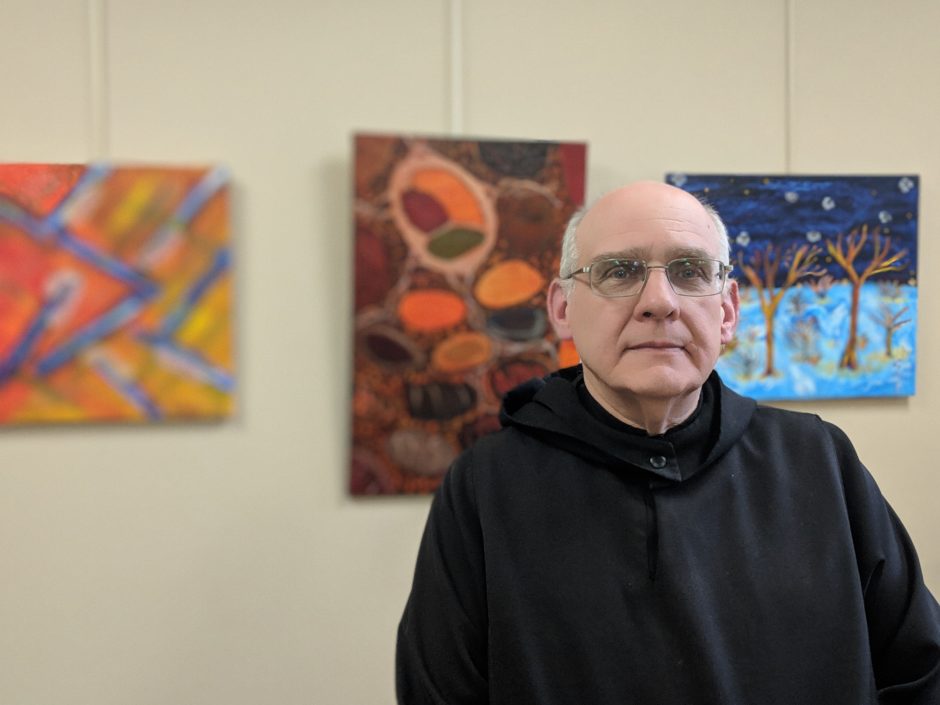May 18, 2019
A monk’s life at St. Peter’s Abbey in Saskatchewan follows an ancient rhythm, daily tasks punctuated by the bells calling them to prayer. But the pings and dings of cellphones and the Internet also keep beat in their lives, as they embrace technology and all the opportunities that come with it.
For Father Demetrius Wasylyniuk, that means balancing more traditional work, like keeping bees and tending the orchard, with answering emails and booking the 3,000 visitors who come to the abbey each year.
“That's kind of the rule,” Wasylyniuk said. “In the Rule of Benedict, it states that there must be an old venerable monk at the gates of the monastery to welcome guests and pilgrims. Well, I'm hardly venerable and maybe I am old, but I happen to be that monk.”

The abbey is about 100 kilometres east of Saskatoon, tucked away in the village of Muenster.
Visitors drive through the village and across the train tracks, to be greeted by rows of tall evergreens like a bulwark against the outside world. The monks planted them all, transforming the grassy prairie landscape into an orderly oasis.
Retreaters include groups of artists, writers, stitchers and quilters, to name a few, as well as individuals who come for respite, or rest and relaxation.
“I really truly believe that if God wishes us to survive, we will,” said Wasylyniuk, “and if God wishes us not to and will go elsewhere or whatever, that's fine, too.”
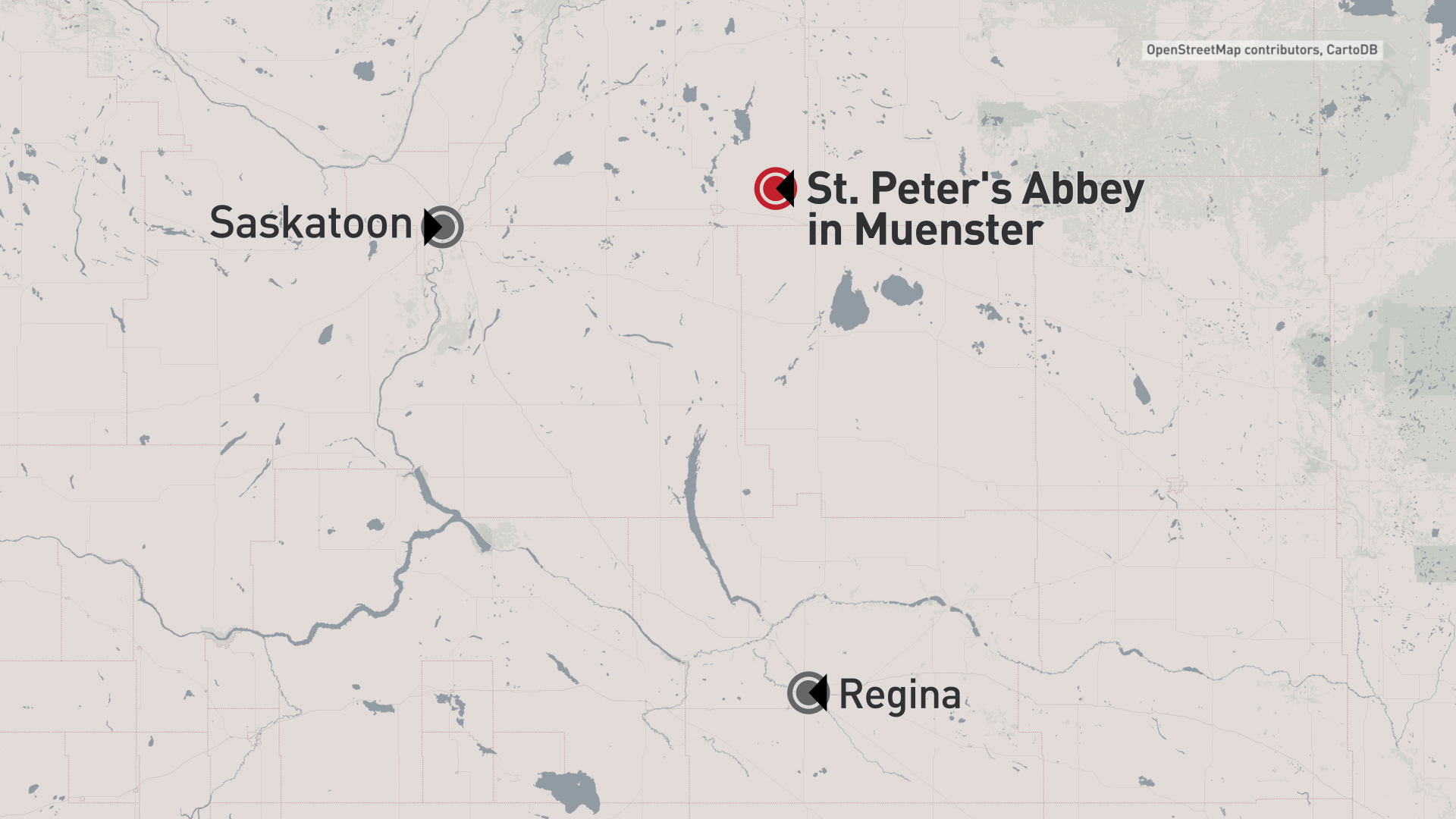
Rockabilly monk
Walking the grounds near Placid Hall, the sound of rock music punctuates the silence of the abbey. It’s Brother Kurt Van Kuren, playing his electric guitar.
Van Kuren was a touring musician known for his rockabilly aesthetic before he came to the abbey in the early 1980s.
“Basically I had gone down to Los Angeles, some friends of mine were down there, and I saw their lifestyle and I said, ‘I can't do this, this is just not the person I want to be.’”
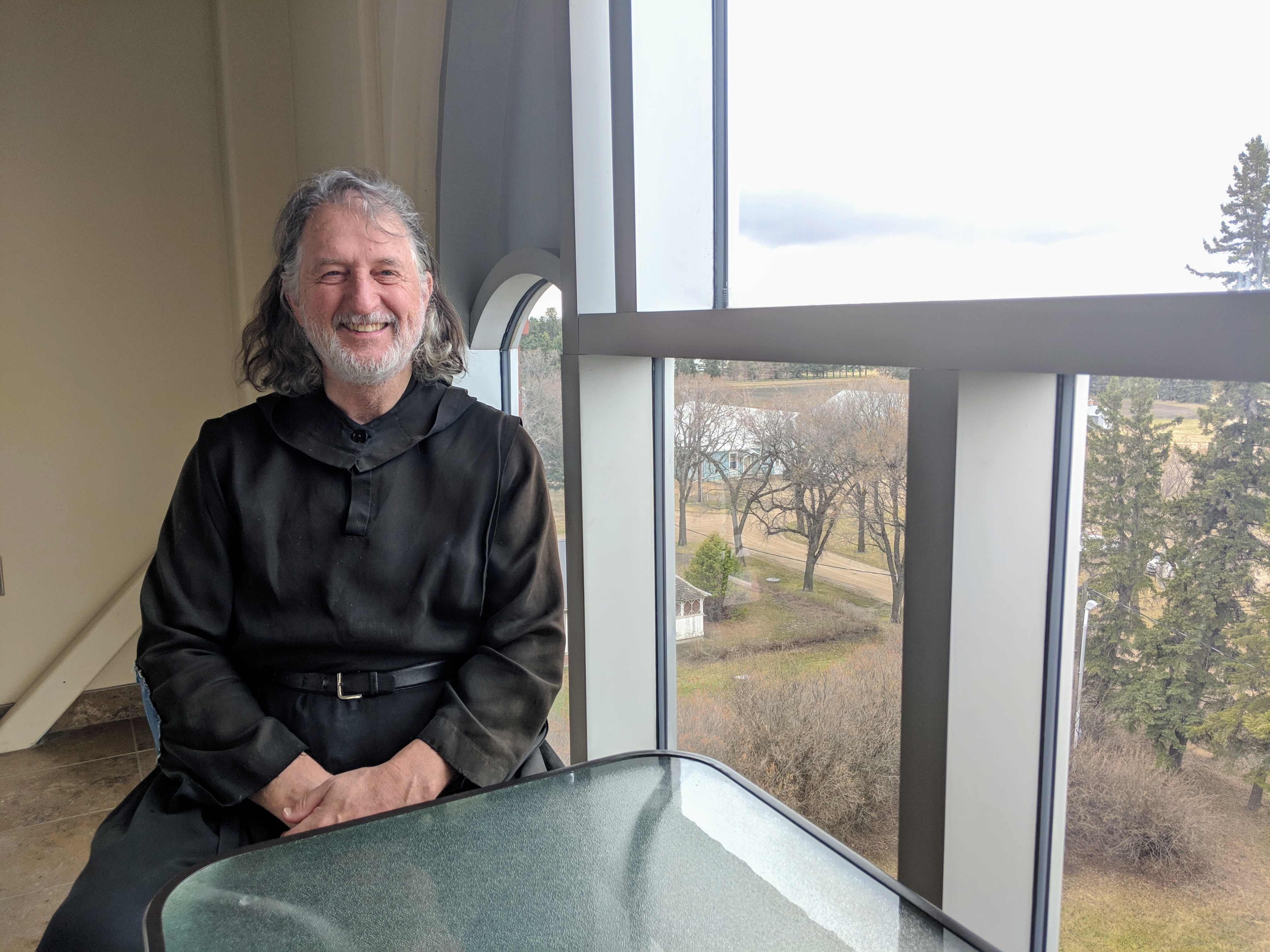
Today, his work includes maintaining the abbey website, working in the kitchen, and teaching introductory neuroscience at St. Peter’s College. He also has an interest in 3D modelling.
“We believe in the life of prayer, we believe in the life of simplicity and discipline, but we also believe that we have to learn how to use modern technology,” Van Kuren said.
“The Internet is a very useful thing. It's a great tool. I do a lot of my work on the Internet, so we understand that this is a necessity of the 21st century.”
The abbey's two newest monks are from Toronto, and they found out about it through the Internet.
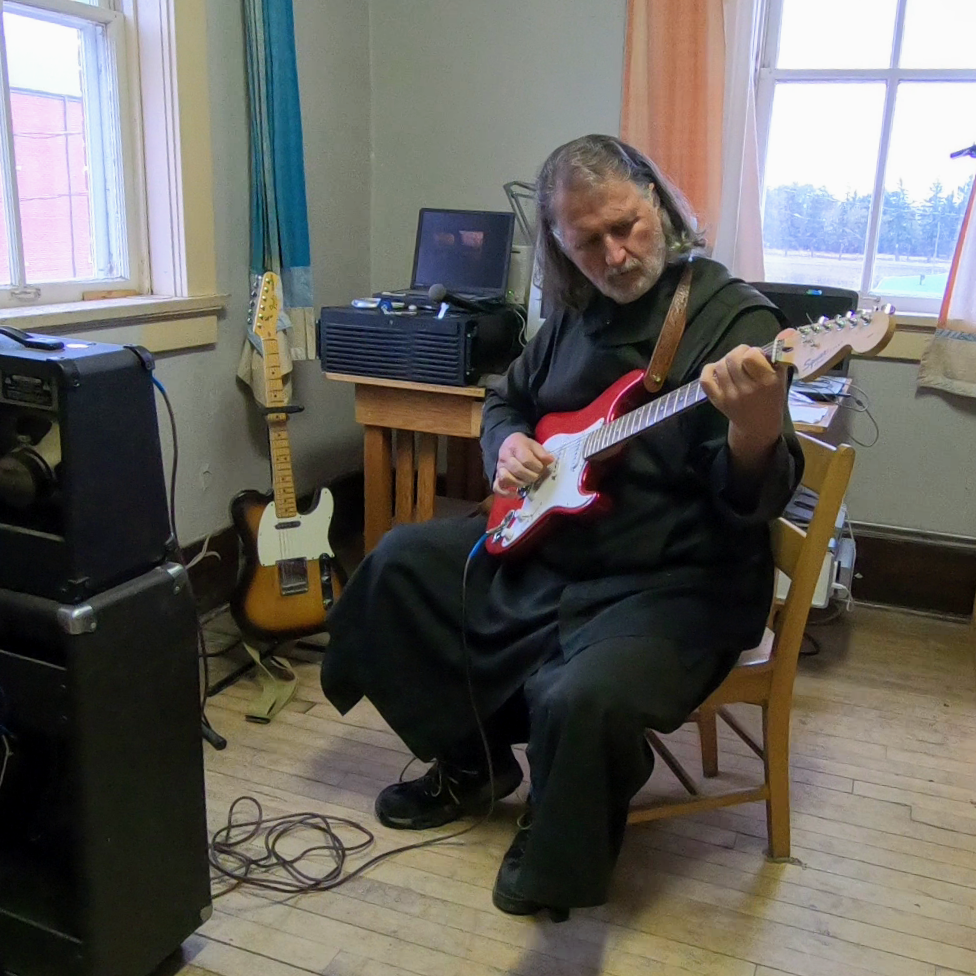
Van Kuren said people were concerned about the abbey’s ability to survive when he first came there in 1983, but he’s confident it will continue.
“There will always be men, especially, who will go to the edge. It's built into us to hunt and there will always be men who will go on the hunt for God. And there will always be people who never quite fit into society and never are satisfied with what they're being handed.”
Van Kuren said everyone needs to make sacrifices to live the life they want, whether you want to become a parent, a company executive or a monk.
“A lot of people would say: ‘How can how can you give up all those things and become a monk?’
“I've gained so much more by being a monk than I could have ever done. I mean, I've been able to do and experience things and live a life here that I couldn't have dreamt about otherwise … I'm just very happy that I made this choice.”
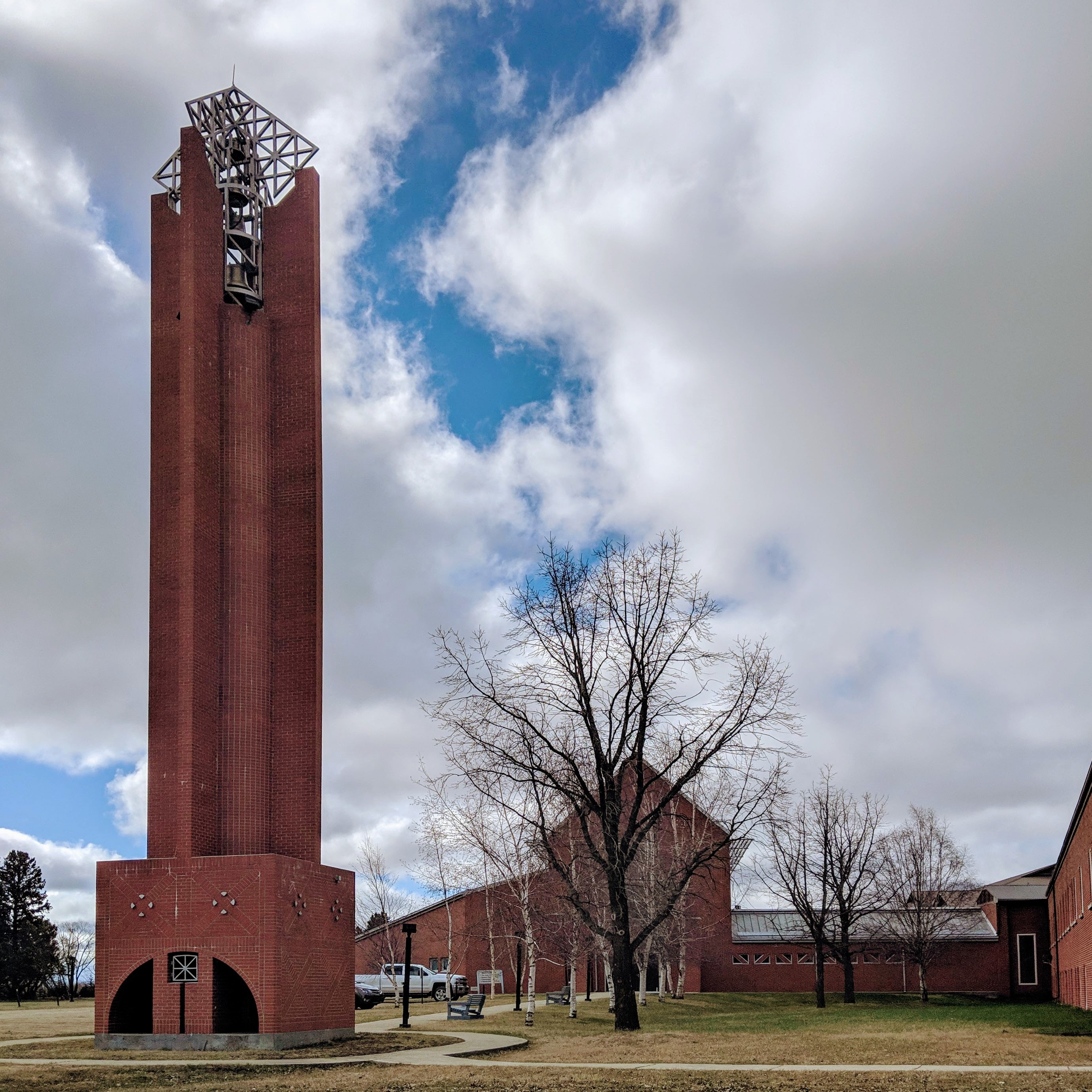
A vocation in decline
Van Kuren is one of 16 monks living at the abbey, a far cry from the 65 who lived there at its peak 55 years ago.
Founded in 1903, St. Peter’s Abbey is the oldest monastery in Canada and the Benedictine tradition goes back even further, founded almost 1,500 years ago.

The Order of St. Benedict is a Catholic religious order of monks and nuns. They follow the Rule of Saint Benedict, a book with 73 chapters that guides the religious life, including prescribing common prayer and manual work, and detailing how to manage communal living and receiving guests.
But the abbey’s deep history doesn’t protect it from change.
The abbey started as a farm with large gardens, grain fields, dairy cattle and beef cattle. The early monks came from the surrounding area, which is mostly farmland, so they had the skills needed to run the farm.
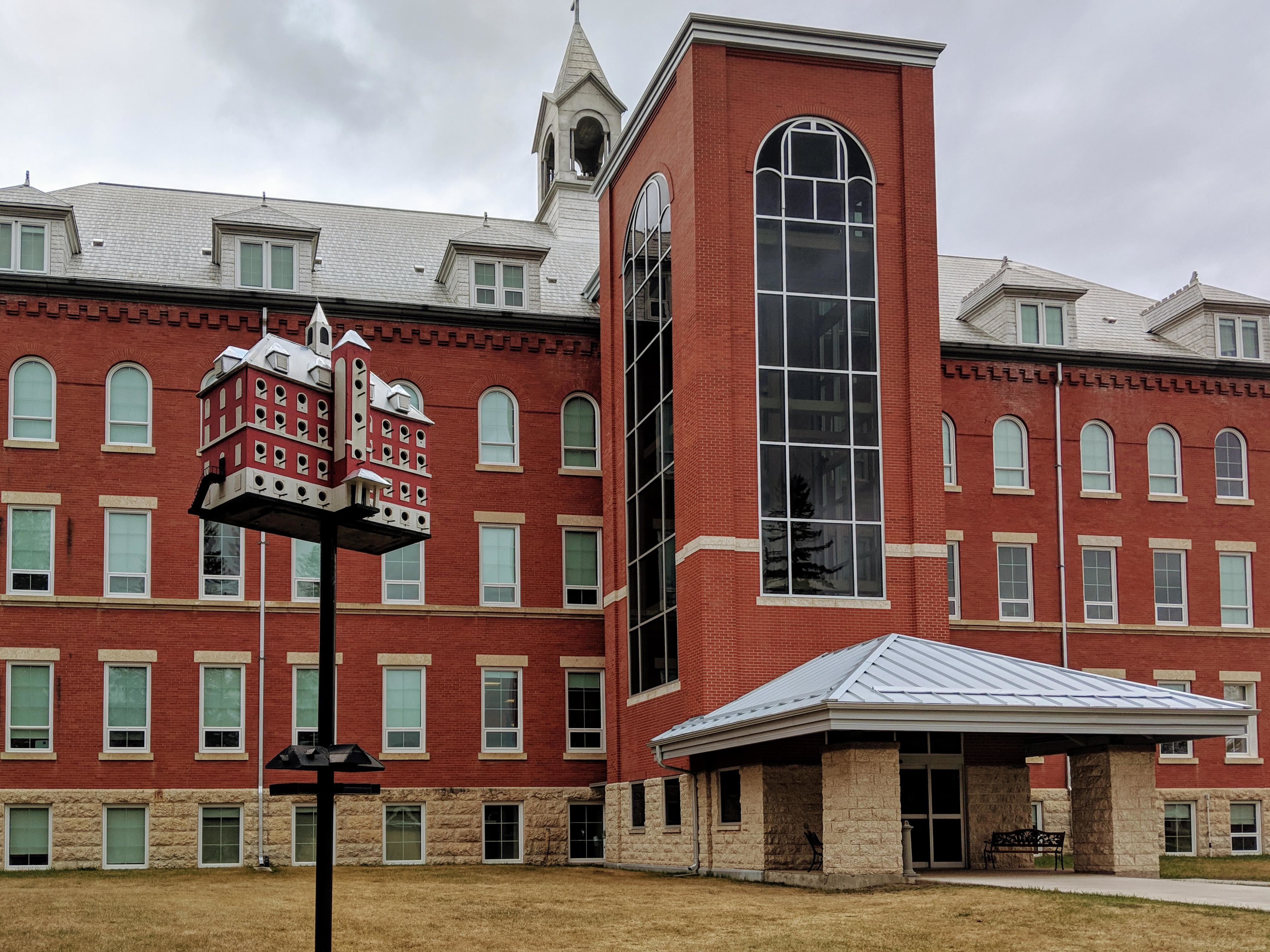
With fewer monks to carry the workload, they’ve had to give up some of the jobs they were doing previously, like tending the surrounding farmland and teaching at St. Peter’s College, a post-secondary school the monks founded that is affiliated with the University of Saskatchewan. Instead, most of the teachers come from Saskatoon, and the farmland has been rented out.
The pace of monastic life is at odds with the modern world, said Wasylyniuk, which may explain the drop in initiates.
“In the world in general, to make a commitment, whether it's to the single life, to the married life, to the religious life, is difficult because of our constant change in what we're doing, and society … beats to a bit of a different drum than that of the teachings of Christianity.”
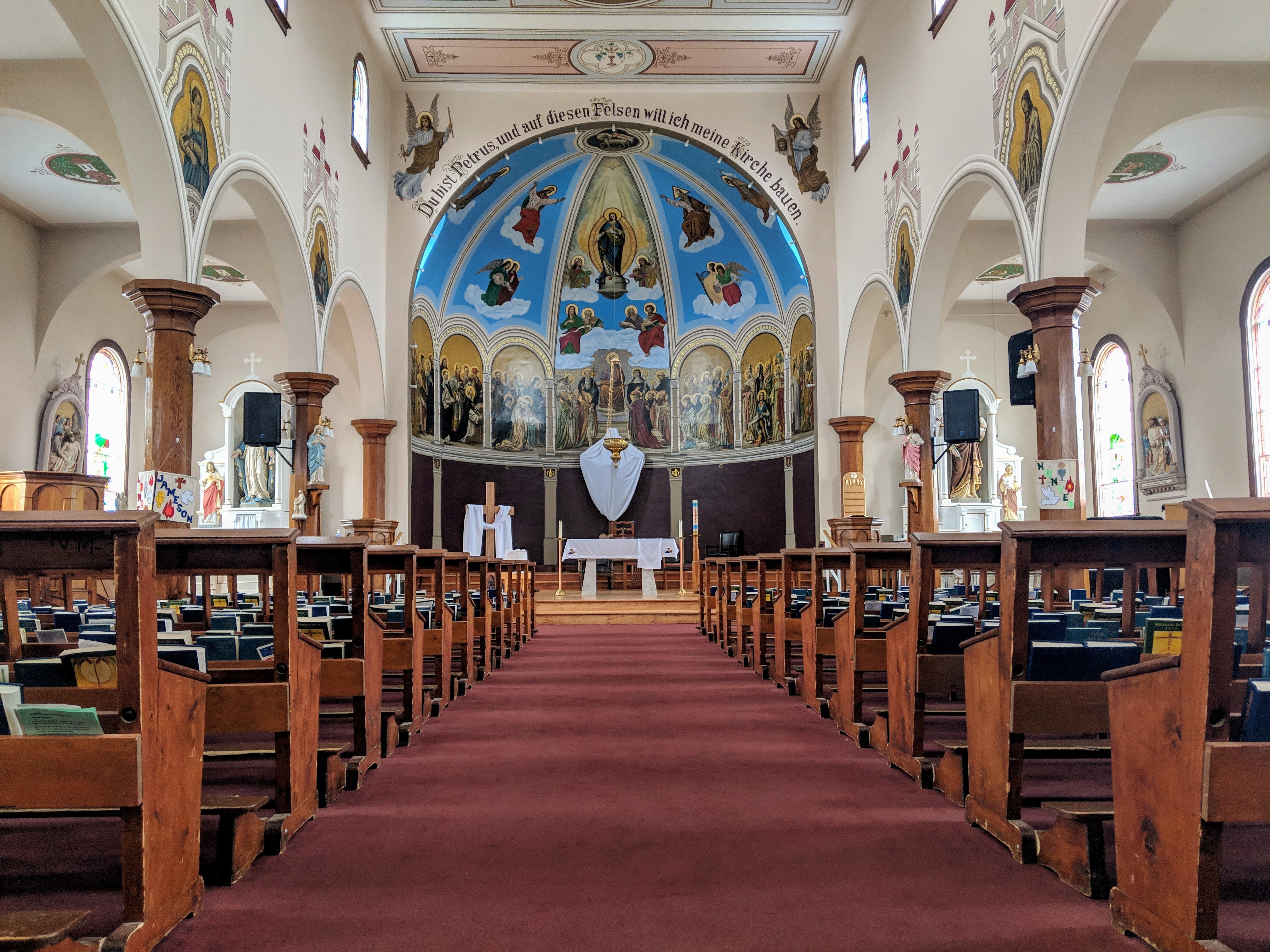
Finding peace on retreat
On the fourth floor of Michael Hall, at the top of the glass elevator, Shelley Hosaluk watches the sunset from a landing that overlooks the abbey grounds.
She’s been attending retreats at the abbey since 2011 and she said she’s attracted to it because of the lifestyle at the monastery.
“The first time I recall coming here was a silent retreat and I tried very much to work in silence and spend time in silence, which is something that I don't get to do very often in the city. So what I like about this location it is very peaceful, it's in a natural setting on the prairie and the monks have worked really hard to foster a welcoming and inviting environment.”
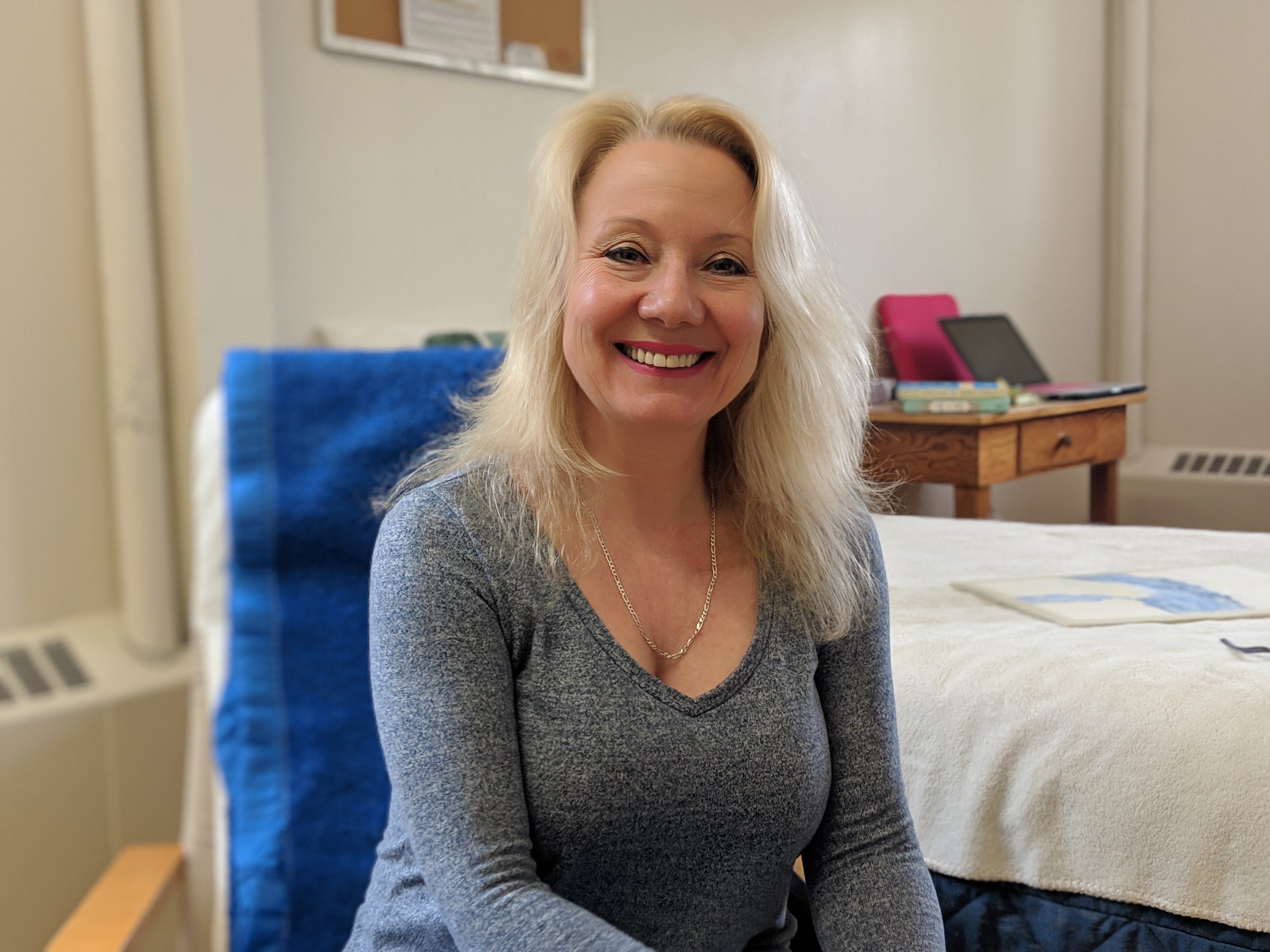
The retreats she attends are both solitary and communal. Meals are shared, and sometimes the retreaters come together in the evenings, but the rest of the time is spent in solitude, taking long walks, thinking about her life, and painting.
She said she enjoys sharing the space with the monks, even if guests don’t see them very often.
“The monks are busy. They're very, very busy people to keep this entire place operational and so you see them but not really; they kind of flit about like the birds, like the chickadees that they've been feeding for 100 years.”
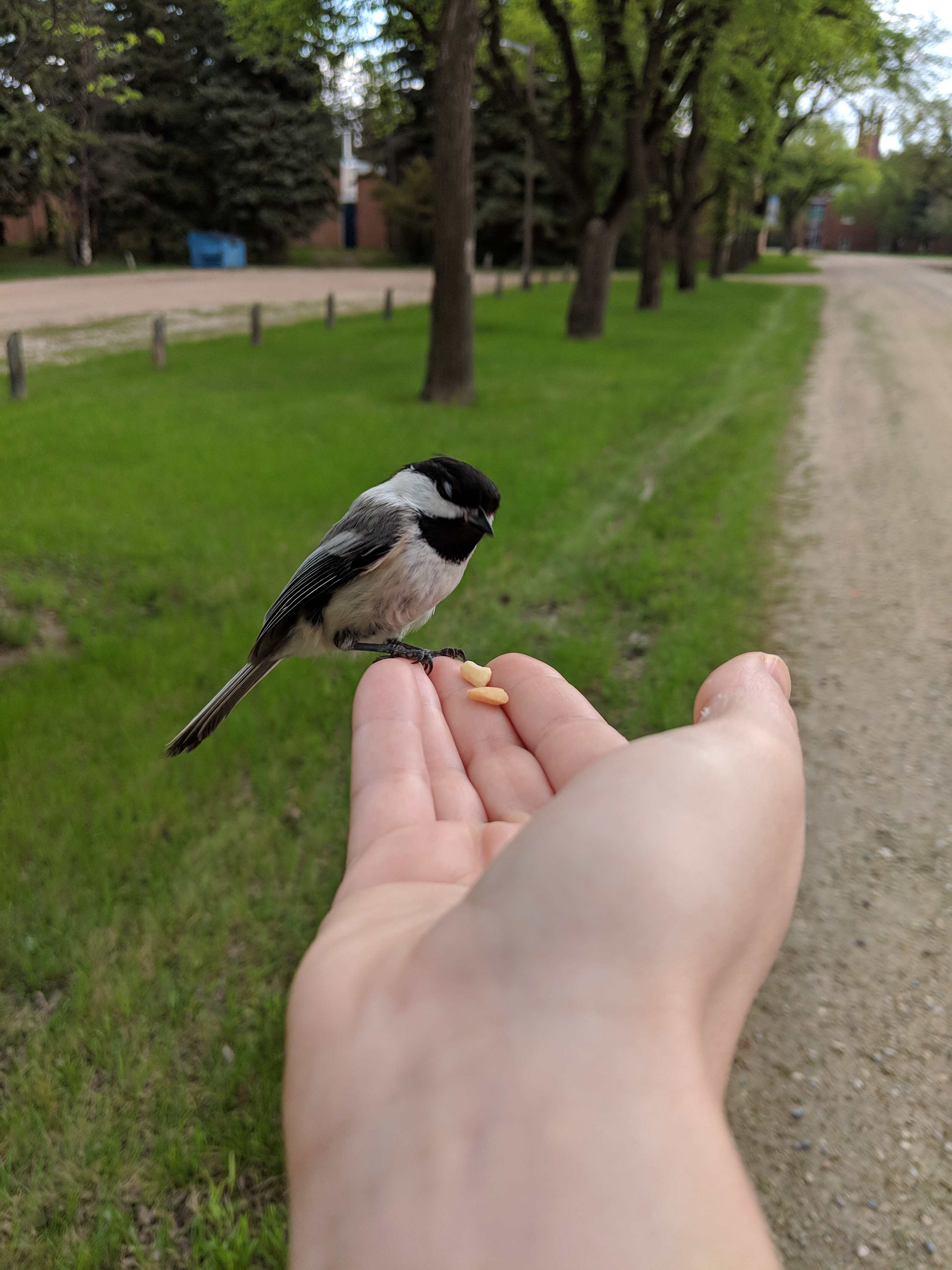
‘A place of healing’
Although he’s been living at the monastery for 32 years, Wasylyniuk is still learning to let go of the pace of the modern world.
“The character of St. Peter's would be that of, for most of the monks, a tremendous work ethic, which is a good thing and a bad thing. … Monks can get so busy and I'm a workaholic like several of us. We have to stop and take time to listen to what God is saying.”
As the guestmaster, Wasylyniuk said that ability to connect with the natural world is one of the reasons people retreat there but everyone has their own reasons.
“Sometimes there will be people who … come here because they’ve lost something and by praying with us, maybe they find it,” he said.
“It can be a place of healing but a place of openness. We're all broken and we all want to walk with our brokenness. And whatever tradition we are, there is that opportunity to do that here.”
